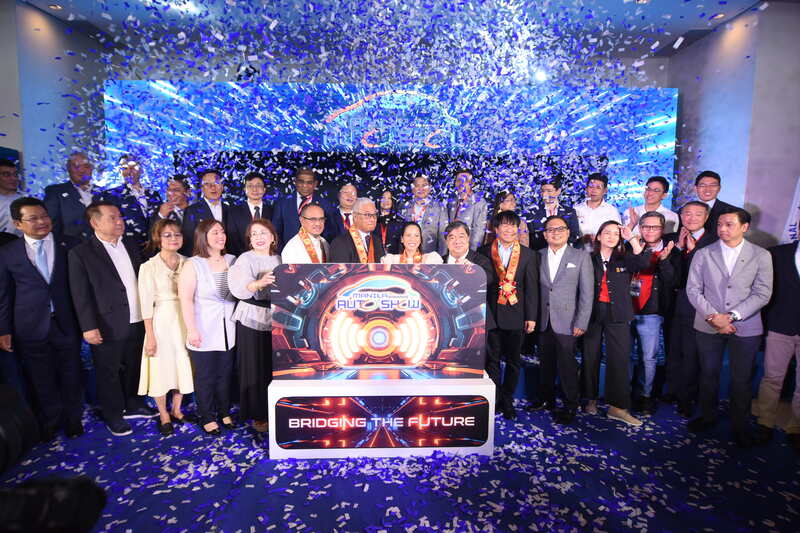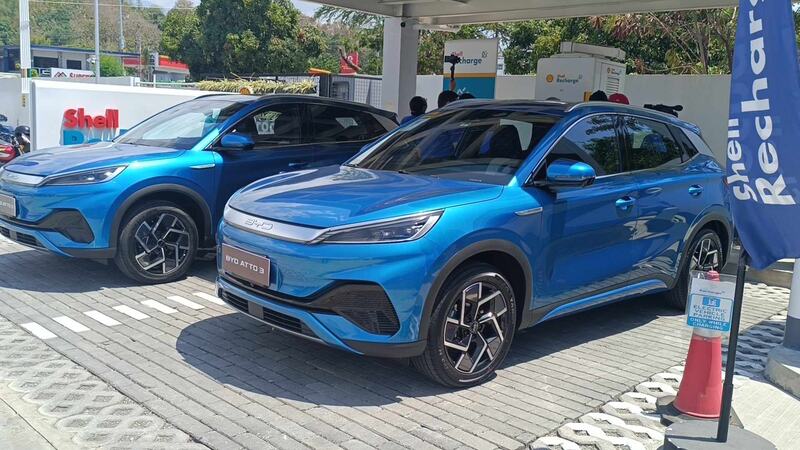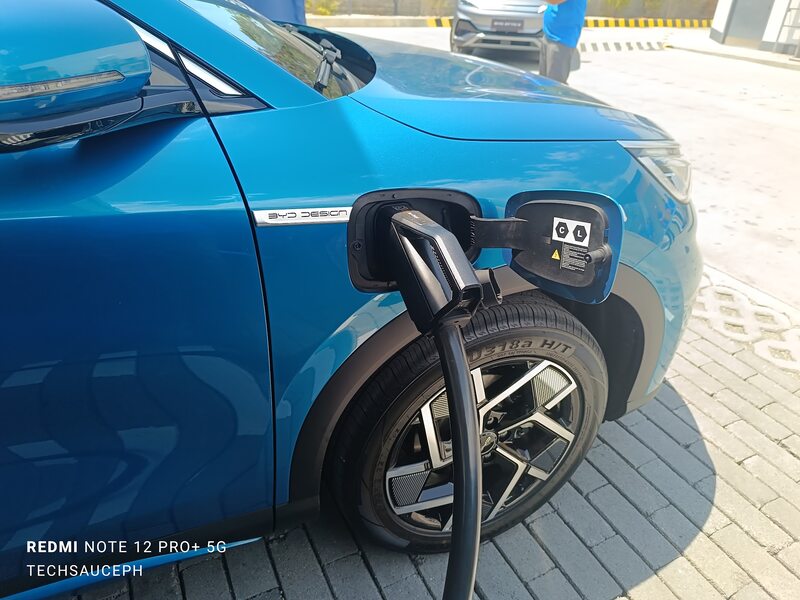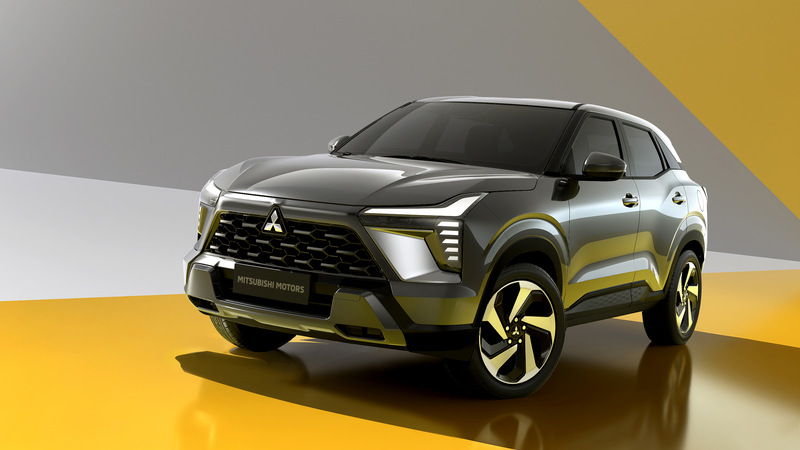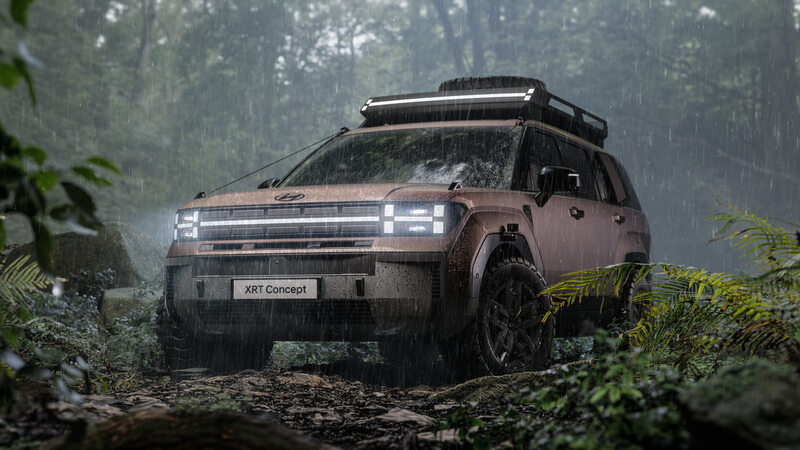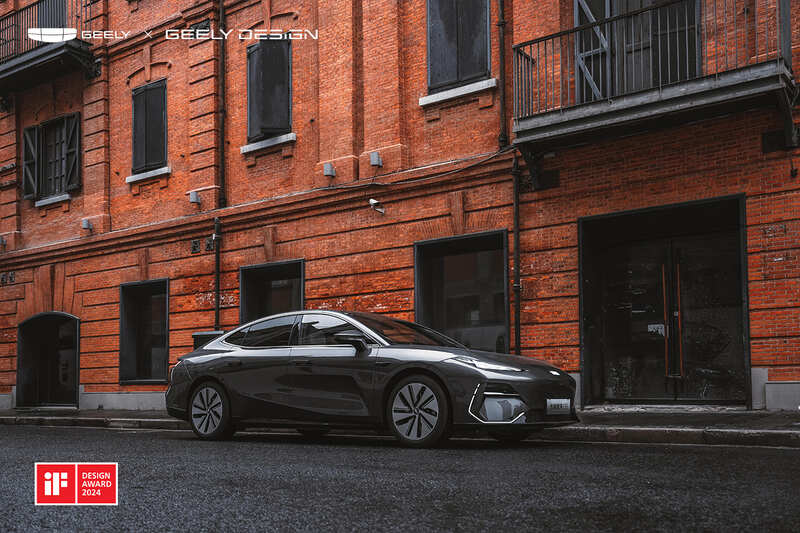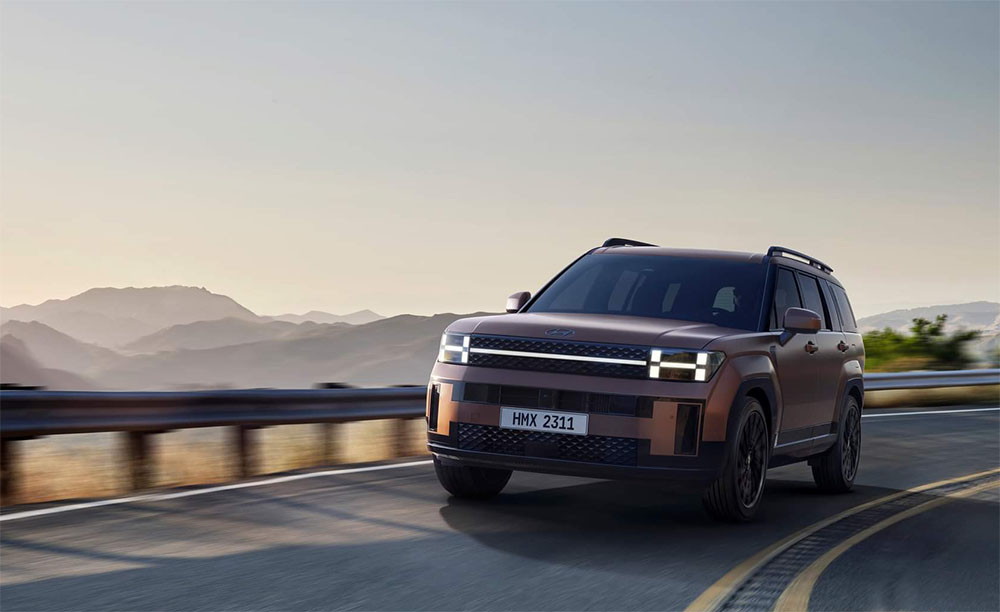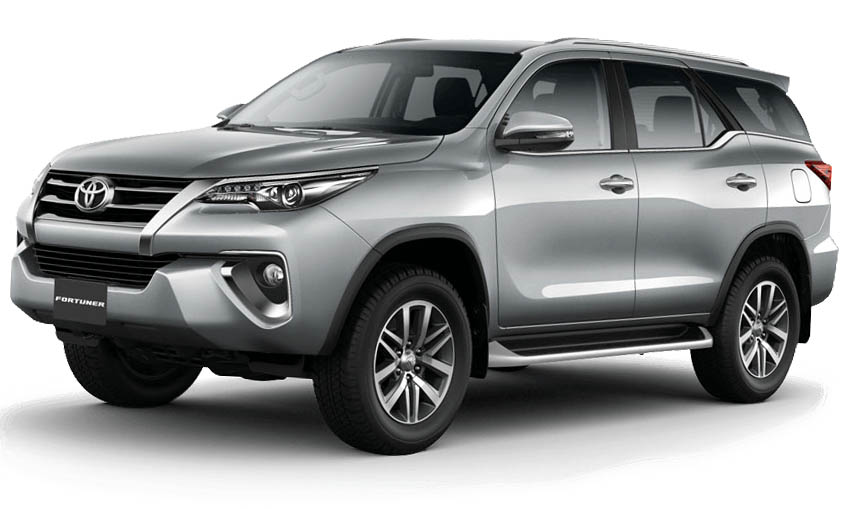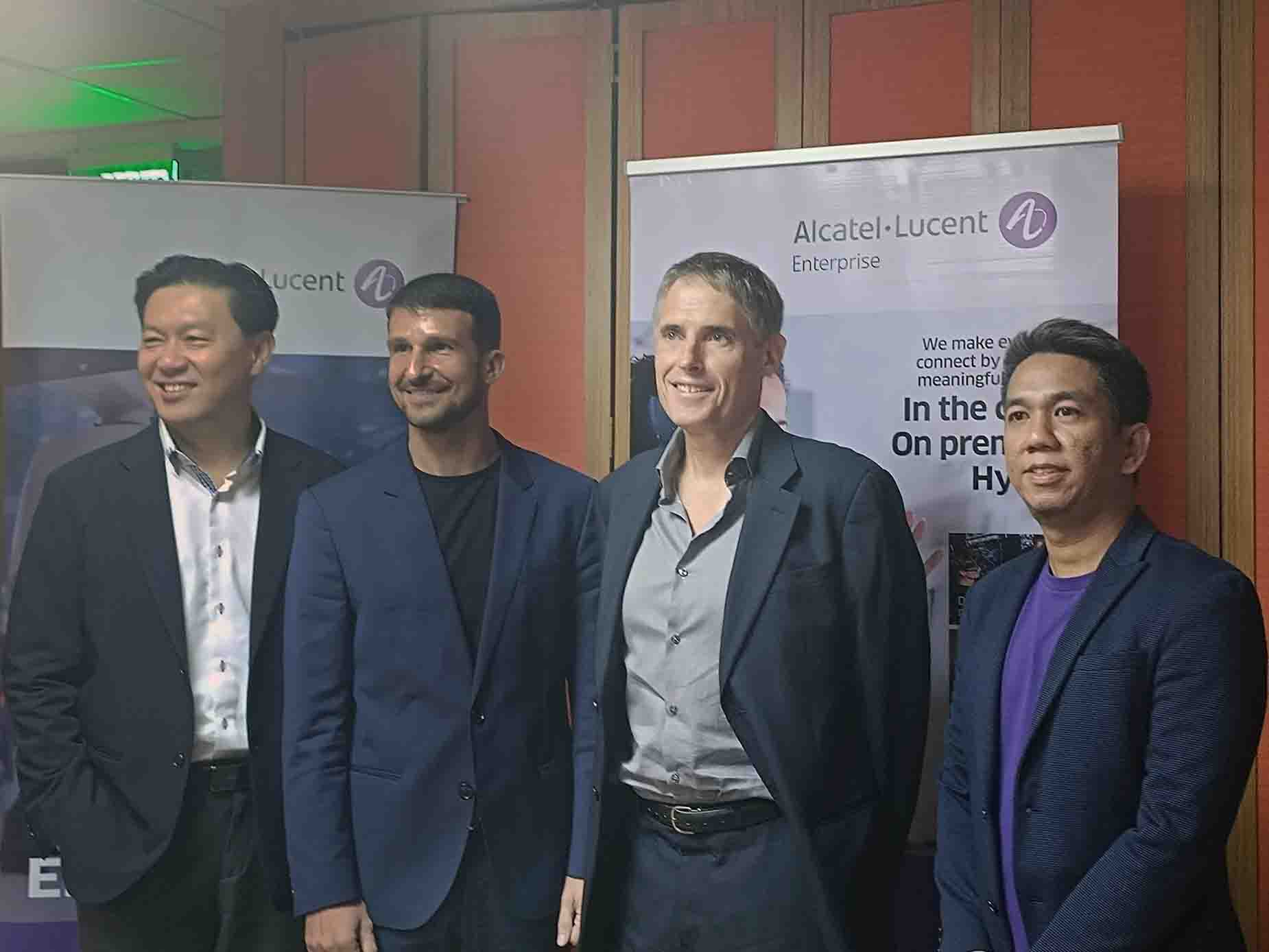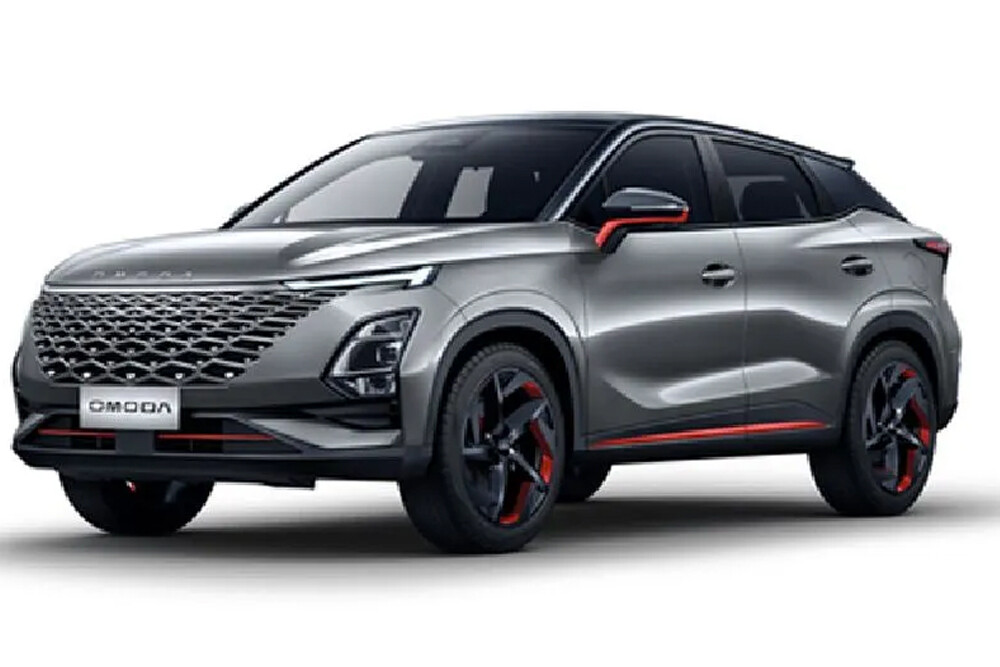IT WAS an invasion of some sort. Chinese automotive brands made a show of force at the 2024 Manila International Auto Show launching or displaying no less than 100 vehicles between 21 automotive makes from China.
To put this in context, this year’s show had 30 brands displaying their cars, with 165,000 visitors in attendance. Run for the first time in two venues–the World Trade Center and the SMX Convention Center, the 19th MIAS was a first for the premier auto show.
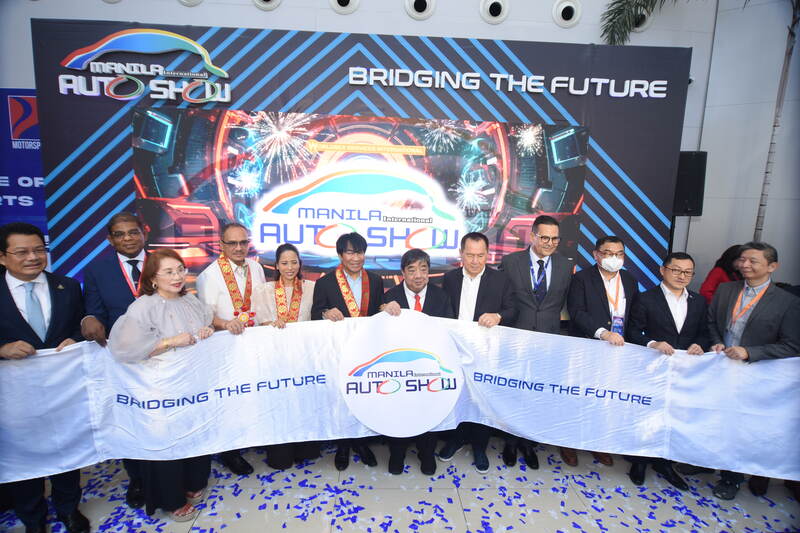
Chinese automakers BAIC, BAW, Bestune, Changan, Chery, Dongfeng, FAW, Foton, GAC, GWM, Hongqi, Hycan, JAC, Jetour, JMC, Lynk & Co, Kinglong, MG, Omoda & Jaecoo, Seres, and Weichai outnumbered the Japanese brands Mitsubishi, Nissan, Subaru and Suzuki, the sole American car maker Chevrolet, Korean top brand Hyundai, the French Peugeot and the Dutch DAF trucks.
GAC brings in 2024 Emkoo Hybrid
GAC Motor distributor Astara Philippines has debuted the Emkoo Hybrid at the 2024 Manila International Auto Show (MIAS), marking the brand’s first hybrid model offering in the Philippine market. The Emkoo Hybrid retains the concept-inspired styling of the standard model while introducing an electrified powertrain.
The Emkoo Hybrid features a 2.0-liter Atkinson cycle four-cylinder engine paired with an electric motor. The engine produces 140 PS and 180 Nm of torque, while the integrated motor increases total system output to 238 PS and 300 Nm of torque. This represents a significant power boost over the standard 1.5-liter turbocharged Emkoo model. Power is delivered to the wheels via a 2-speed dedicated hybrid transmission (DHT).
Visually, the Emkoo Hybrid shares the same striking design language of its turbocharged counterpart, with subtle distinctions such as hybrid badging and unique alloy wheels. Notable exterior features include sleek LED headlights, a bold front grille, sharp LED taillights, and a dynamic overall silhouette.
The interior of the Emkoo Hybrid mirrors the layout of the regular model, featuring a flat-bottom steering wheel, digital instrument cluster, a tablet-inspired touchscreen system, a high-tech center console, and full leather upholstery. It is scheduled to go on sale in the Philippines in June 2024. No price has been announced yet.
Great Wall Motors unleashes the popular Ora EV
GWM Philippines, under the distributorship of Luxuriant Automotive Group, Inc. (LAGI), expands its lineup with the introduction of its first fully-electric vehicle for the Philippine market and the preview of its upcoming new energy vehicles.

The ORA 03 is GWM’s newest offering for the Philippine market, and also the first fully-electric vehicle in its lineup. It is available in two variants, the ORA 03 400 and ORA 03 500. With a 48 kWh battery pack on the 400 variant, it can drive up to 310 kilometers on the WLTP cycle. On the other hand, with a 63 kWh battery pack on the 500 variant, it can drive up to 420 kilometers on the WLTP cycle.
GWM Philippines also previewed its upcoming plug-in hybrid electric vehicles (PHEV)–the WEY GaoShan luxury MPV and Haval MengLong compact SUV. Both these models are powered by 1.5-liter turbocharged gasoline engines paired to an electric motor.
A compact SUV for the price of a subcompact sedan? That’s the GWM Haval M6 which will be available in the coming months. This compact SUV will be GWM’s entry-level SUV for the Philippine market.
The TANK 300 wears soft curves and flowing lines for a tough, commanding design language. Its front fascia is characterized by a rectangular, three-slatted grille, matched with horizontal LED Daytime Running Lights that run along the center of the rounded LED Headlamps, creating a distinctly modern twist on off-road SUV designs of the past.
MG’s P4.5 million Cyberster Sports EV now available
MG Philippines pulled out the biggest surprise with the official unveiling of the MG Cyberster electric roadster. The Cyberster blends classic roadster traits with an all-electric powertrain for a thrilling driving experience. Pre-orders for this eye-catching EV are now being accepted, with MG announcing a suggested retail price of approximately P4.5 million.
Two electric motors drive the MG Cyberster, delivering a combined output of 544 horsepower and 720 Nm of torque. This enables blistering acceleration from 0-100 km/h in 3.2 seconds and a top speed of 200 km/h. MG claims a maximum range of 446 km (WLTP cycle) from the 77 kWh battery pack.
The Cyberster’s sporty aesthetic includes a long hood, sculpted lines, and striking LED headlights and taillights. Attention-grabbing scissor doors add a unique, high-performance touch, while 20-inch alloy wheels complete the look. Red leather upholstery and an abundance of technological features define the interior. These include a digital instrument cluster, a touchscreen infotainment system (compatible with Apple CarPlay and Android Auto), and a premium Bose sound system. Zero gravity seats, ambient lighting, and a Ferrari-inspired steering wheel highlight the focus on driver comfort and engagement.
Omoda & Jaecoo finally arrives
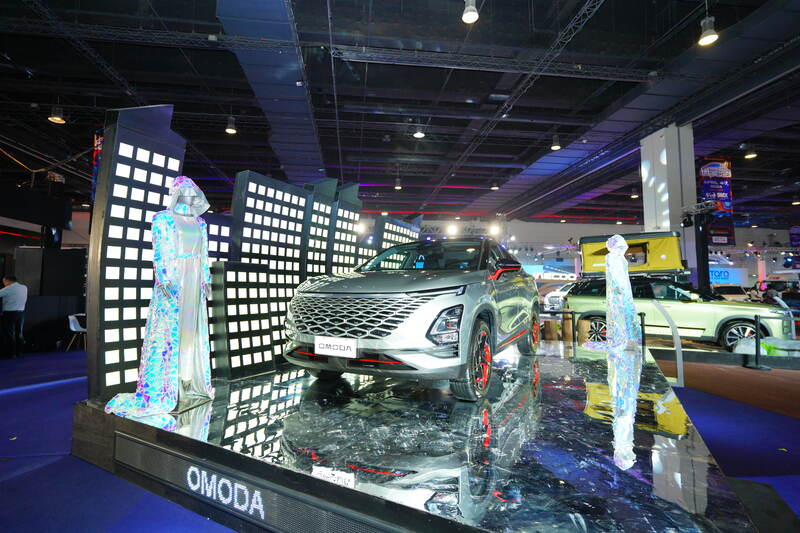 Omoda & Jaecoo and two separate brands that seem to be inseparable. At the 19th MIAS, Omoda launched the 5 and the pure electric 5 EV, while Jaecoo, debuted the high-end J7 and luxury J8 off-road SUVs. Their diverse lineup highlights the direction of future transportation modes.
Omoda & Jaecoo and two separate brands that seem to be inseparable. At the 19th MIAS, Omoda launched the 5 and the pure electric 5 EV, while Jaecoo, debuted the high-end J7 and luxury J8 off-road SUVs. Their diverse lineup highlights the direction of future transportation modes.
The brands also revealed their Philippine market strategy, “Global Brand, Filipino Centric,” which emphasizes a comprehensive product lineup and an operation philosophy focused on tailoring the experience to the Philippines.
Omoda & Jaecoo occupied an 800-square-meter space showcasing both cutting-edge technology and off-road capabilities.
Over the past year, the brands’ global export sales exceeded 160,000 vehicles, gaining popularity in nearly 20 countries and regions. Omoda focuses on user-centric, future-oriented design and intelligent technology, also expanding its presence in the new energy sector for green mobility. Jaecoo emphasizes the creation of high-performance, all-terrain SUVs built for adventure.
The four new models drew much attention at the show. The all-electric E5, with its claimed long range and focus on aerodynamics and noise reduction, aims to be a leader in the Philippine Electric Vehicle market.
The immersive display also included lifestyle products such as bicycles, eco-friendly apparel, and camping gear, highlighting the brands’ vision of extending beyond the vehicle and into personalized ecosystems for users.
Popular Filipino artist Silent Sanctuary made a surprise appearance, performing classic songs during the unveiling of the star models. Additionally, a test drive event allowed users, media, and dealers to experience the Omoda 5 and Jaecoo 7 firsthand.
The brands’ MIAS participation is a major step in their Philippine market strategy, opening direct communication with consumers. They plan to launch retail sales in the second half of 2024, with pre-selling activities starting in June 2024.
UAAGI shows off two new brands, reinforced Chery line up
United Asia Automotive Group Inc. (UAAGI) made waves at the 2024 MIAS with its four brands–mainstays Chery and Foton being joined by Lynk & Co. and a major re-launch of the BAIC brand. These four brands, plus the introduction of Mutt Motorcycles, cements its position as a formidable player in the Philippines.
It’s showing at MIAS, which can easily be the largest simultaneous launch of vehicles across three brands under UAAGI, in the show’s history. The company’s ambitious showcase featured a diverse selection of new models from both BAIC and Chery, demonstrating a commitment to providing Filipino consumers with an unparalleled range of choices.
BAIC returns stronger
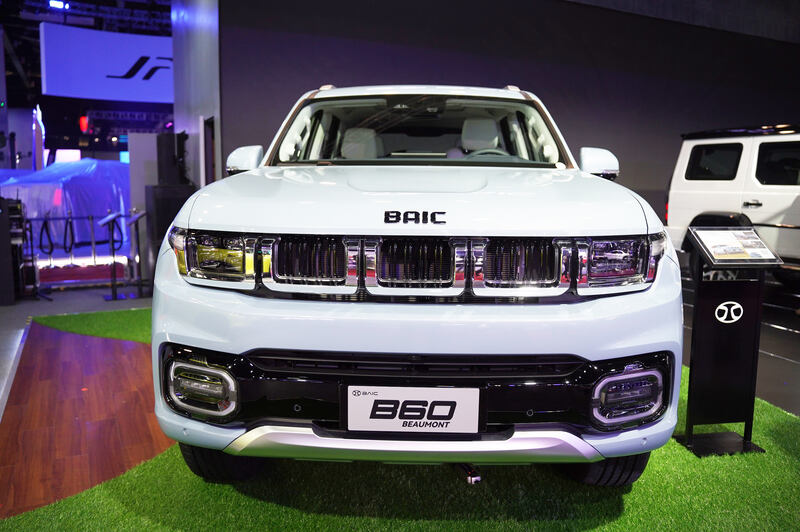 BAIC formerly under a different group was reorganized by UAAGI putting emphasis on affordability and innovative technology, introduced a compelling lineup of vehicles designed to appeal to various market segments. A new compact SUV, boasting a sleek design and packed with modern features, promises to be a hit among young families and city dwellers seeking a stylish and practical ride. For those in need of more space and versatility, BAIC unveiled a spacious mid-size SUV, well-appointed to deliver both comfort and adaptability.
BAIC formerly under a different group was reorganized by UAAGI putting emphasis on affordability and innovative technology, introduced a compelling lineup of vehicles designed to appeal to various market segments. A new compact SUV, boasting a sleek design and packed with modern features, promises to be a hit among young families and city dwellers seeking a stylish and practical ride. For those in need of more space and versatility, BAIC unveiled a spacious mid-size SUV, well-appointed to deliver both comfort and adaptability.
Demonstrating its dedication to sustainable transportation, BAIC also premiered a range of electric vehicles. These new EV models highlight the brand’s advancements in battery technology and electric powertrains, positioning BAIC as a forward-thinking player in the growing EV landscape.
“We are incredibly excited to introduce this fresh and comprehensive lineup of BAIC vehicles to the Philippine market,” declared Rommel Sytin, UAAGI Chairman. “Our goal is to offer Filipinos a blend of style, practicality, and cutting-edge technology at prices that represent exceptional value.”
Chery highlighted its latest lineup of new energy vehicles, including the Tiggo 7 Pro Plug-in Hybrid Electric Vehicle (PHEV) and the Tiggo 8 Pro PHEV. The fully electric Chery eQ7 also drew significant attention at the Chery booth
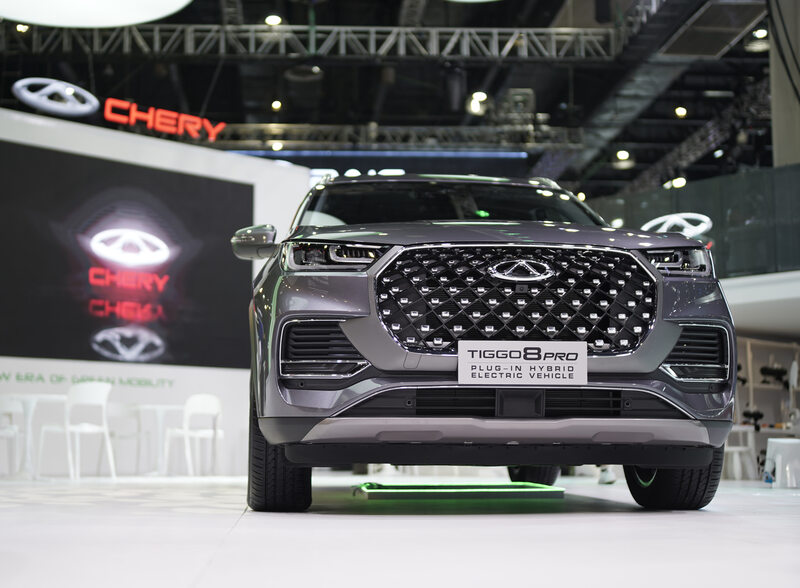 To further promote their green initiative, the UAAGI Performance Center offered test drives of Chery’s Tiggo 5x Pro Hybrid, Tiggo 7 Pro Hybrid, Tiggo 8 Pro 2.0 AWD, and Tiggo 8 Pro PHEV models.
To further promote their green initiative, the UAAGI Performance Center offered test drives of Chery’s Tiggo 5x Pro Hybrid, Tiggo 7 Pro Hybrid, Tiggo 8 Pro 2.0 AWD, and Tiggo 8 Pro PHEV models.
The Tiggo 7 Pro PHEV and Tiggo 8 Pro PHEV combine an internal combustion engine with dual electric motors and a 19.27kWh ternary lithium battery. This technology offers drivers a balance between EV mode for shorter journeys and gasoline or hybrid modes for longer distances.
Chery’s prominent display of NEV models aimed to communicate its commitment to leading the future of green mobility. This aligns with the brand’s global vision for new energy vehicle transportation. The Tiggo 7 Pro PHEV carried an indicative price of P1.8-M, while the eQ7 was estimated at P2-M.
Chery Auto Philippines Managing Director Froilan Dytianquin emphasized the QPower technology integrated into all Chery vehicles. “All Chery models are equipped with Chery’s QPower technology to ensure that both technology and sustainability are both present in all its vehicles,”
QPower represents Chery’s global pursuit of efficient, sustainable, and intelligent new energy vehicles, delivering powerful performance while embracing green innovation. “As the brand takes its game to the next level, Chery is starting to complement its current vehicle lineup with new energy derivatives such as Hybrids, PHEVs, and new full Electric Vehicle models,” Dytianquin added.
Lynk & Co. crossovers
Following a preview last month, UAAGI officially made public the Lynk & Co 06 and 01 crossovers.These models represent the automaker’s entry into the Philippine market, one serving as a plug-in hybrid compact crossover and the other a B-segment crossover SUV, respectively.
The 01 PHEV features a 1.5-liter three-cylinder MPI engine paired with a lithium-ion battery and an electric motor. This combination delivers an impressive 262 PS and 265 Nm of torque to the front wheels via a 7-speed wet dual-clutch gearbox. Lynk & Co claims that a full charge provides the 01 PHEV with up to 69 km of all-electric range, and recharging can be done through a Type 2 AC charger. Pricing for the Lynk & Co 01 PHEV is set at P2.338M.
The 01 PHEV comes packed with features, including a full leather interior, a 12.3-inch digital cluster, a 12.7-inch touchscreen infotainment system with wireless Apple CarPlay and Android Auto, a large panoramic sunroof, and dual-zone climate control. It also boasts a suite of intelligent driver aids for added safety, such as adaptive cruise control, forward collision warning with automatic emergency braking, lane-keep assist, lane-change assist, lane departure warning, and traffic jam assist.
The turbocharged Lynk & Co 06 utilizes a 1.5-liter four-cylinder turbo engine with direct injection, generating 181 PS and 290 Nm of torque. Power is delivered through a 7-speed wet-type dual-clutch gearbox.
Like the 01 PHEV, the 06 offers a comprehensive list of features. These include a 12.3-inch digital instrument cluster, a 12.3-inch touchscreen infotainment system with wireless Apple CarPlay and Android Auto, a flat-bottom leather steering wheel, dual-zone automatic climate control, and a panoramic sunroof.
The sheer scale of this triple-brand launch signifies UAAGI’s strong belief in the potential of the Philippine automotive market. By introducing such a vast and diverse array of vehicles, the company aims to empower Filipino consumers with a wealth of options, catering to their various needs, lifestyles, and budgets.
“MIAS 2024 is a pivotal moment for us,” declared Rommel Sytin, UAAGI Chairman. ” This showcase reflects our deep understanding of the Filipino driver. We’re committed to bringing world-class vehicles, representing the best of both BAIC and Chery, to the Philippine shores.”
With its historic MIAS 2024 showcase, Chinese automakers have firmly established themselves as a major force in the Philippine automotive industry. The “invasion” of a diverse range of vehicles is a common commitment to innovation by all the Chinese brands. It is now for the market to see just how serious they are and how much focus on they will put on customer satisfaction and brand promise to make the brands trusted and prolific in the years to come.

